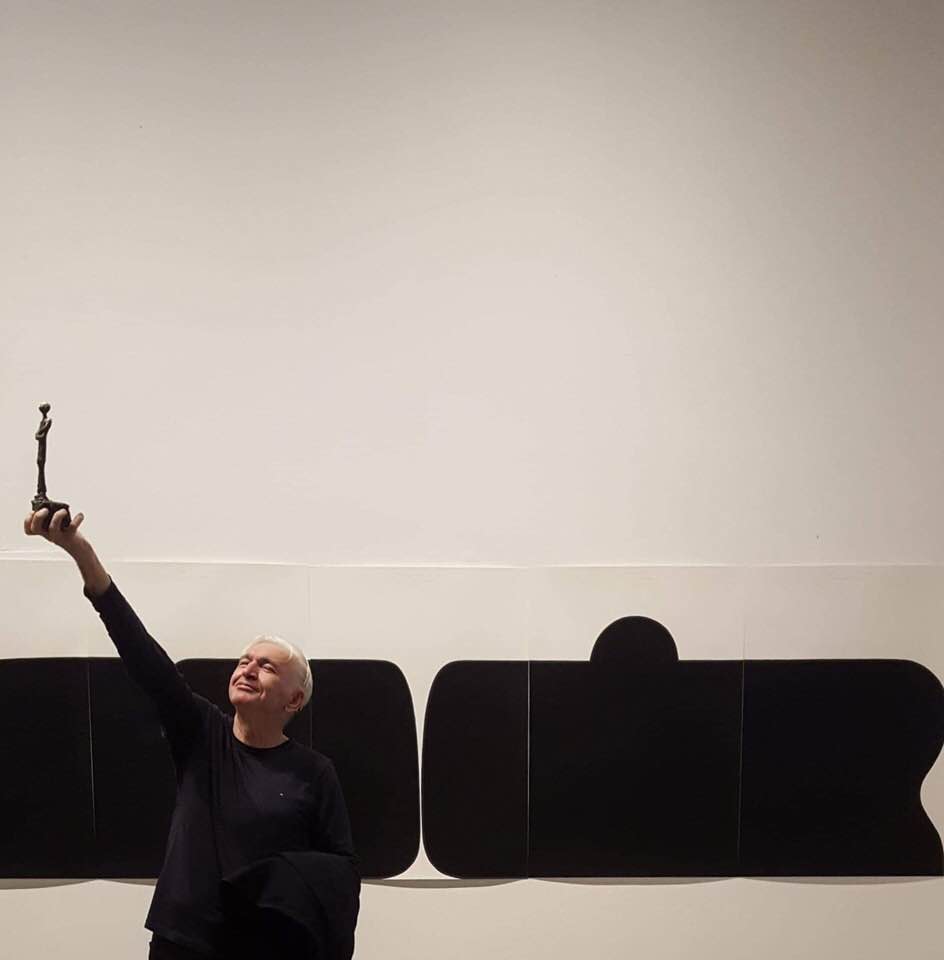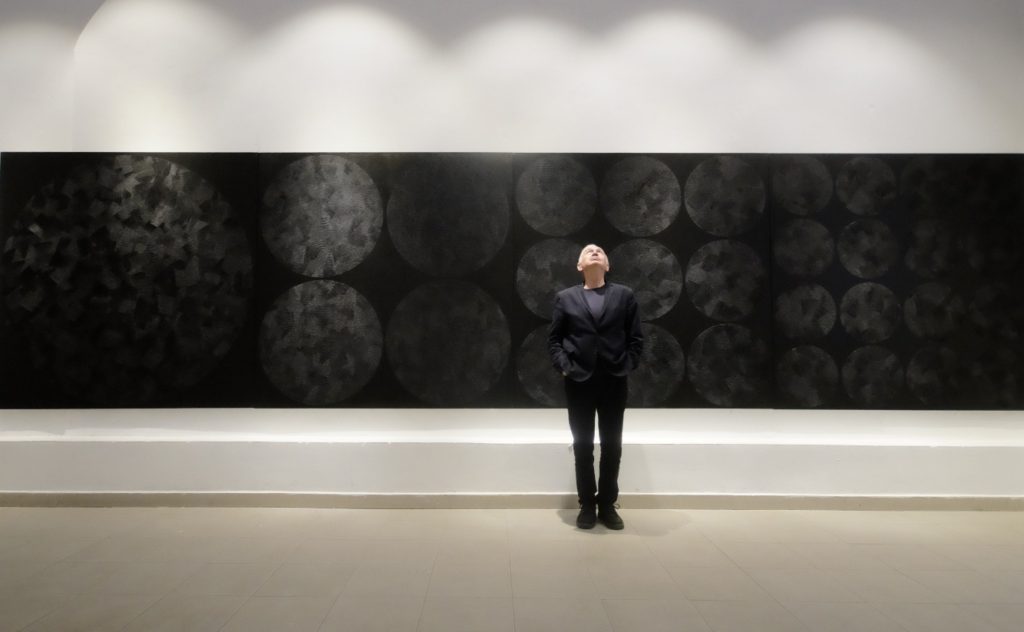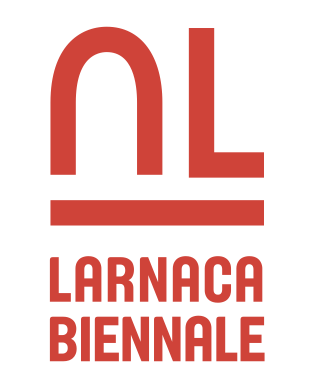Hi there. Please tell me your name and what you do for a living. When you were born, where are you from, where did you grow up. Tell me a little about yourself… what was your childhood like?
MICKO – Mice Jankulovski, an artist from North Macedonia. Up to the age of 9 years I lived in the outskirts of Skopje in the only house that was located in the park. I did not have a radio or TV, the park was my yard, my garden . I jumped with locusts, dreamed of touching the stars .
Then, I started to wonder about art, architecture, cartoons and afterward professionally to deal with everything that inspired me. I started to touch the stars, dreams started to become reality …
I was interested in the movement (kinetics) . I did not know what art is, if anyone else create art, I did not know that exhibitions are organized. The picture I painted at the age of 15 (in 1969), a panel of painted shapes in various colors was created in order to connect the panel with a shaft and a rotor so the image can circle around and I can see how the colors are mixing. That particular painting with a circle, as well as others with organic forms from that time, were the basis of Form 1. – the first phase of my painting that defined me as an artist. According to many art critics, this beginning, such the pictures of that time, was extremely original in the historical context of art (Enzo di Martino, Zolt Petrani). For 50 years, these forms are dominant in my work.
Do you remember the first piece of art you made? What was it and how old were you?
This is a continuation of the previous question. If we ignore all the paintings and drawings from the childhood (still life, landscapes, portraits), the painting with the circle, which is the basis of my 50-year-old work, is my first piece of art, even, back then I was not aware of it. In fact, then I created two paintings – one with purified forms and one with organic forms. Paintings with purified forms were dominant afterward because of the movement with which I was obsessed with, so… the painting from 1969, oil on panel, 33.5 x 33.5 cm that I did at my age of 15 is considered as my first work of art.
How and when did you first become seriously interested in art?
In this context, more important question for me is when did I become aware that I’m seriously involved in art? Because my interest in art has always been serious. I still consider my first paintings as one of the most successful and even today I’m exposing them with pleasure.
What have you had to sacrifice for this career?
In life there is no sacrifice. Only decisions and priorities. The decisions I made during my life defined me both as a person and as an artist. I was extremely active in the community: the founder and first President of the Film Youth of Macedonia, founder and first Director of the Youth Film Forum, founder and current President of the Association of Cartoonist of Macedonia, one of the founders of FECO (Federation of Cartoonists’ Organizations), founder of OSTEN Biennale of Drawing and Museum of Drawing, and above all an artist who expressed himself in several media … all these activities were my priorities at some point of my life, sometimes requiring sacrifice of my own art production. But, on the other hand, I never asked anybody to provide working or living conditions for me, on the contrary I created them for myself, and for other artists as well.
Tell us about your particular style and how you came to it. What differentiates you from the thousands of other artists?
My work consists of 3 phases: Form 1, Form 2 and Form 3.
Form 1. with its purified forms had prevailed in my early artwork, the purification continued further on: the minimalist details of Form 1. are shown on large canvases and that is Form 2. From 2011 on my artwork style switch to Form 3. – large series of acrylic canvases created with only one color – black. Constant focus and movement from one form to another led to big turn-off in Form 3. – to get rid of the brushes and colors, to paint with specially made black pigment, and to feel the most freer than ever: for the first time I breathe normally, I feel my hand like a flying wing … now I use various tools, rakes, combs, fingers, with which I rub on thick coats of black paint on the canvas … and it gives fantastic, very specific results that have become my artistic mark.

Artist of The World Award by WAVA (World Association of Visual Arts)
at Larnaca Biennale 2018
Do you intend your work to challenge the viewer? What does your work aim to say?
My obsession with movement is visible to the viewer.
If initially I mechanically triggered the movement, so the colored forms can make a spectrum of colors, through the numerous drawings and images during the 50 years of creation, I came to the structure where the natural light moves on the black patterns which contains all colors.
I completely understand Reinhard saying he does not understand how anybody can paint with other color than black.
Who are your biggest influences? Are you inspired by the work of your peers or anyone else in particular?
There are no influences, there are intersecting roads, shared ideas.
In a recent meeting with Pierre Soulage, the greatest living painter who celebrates 100 years (born 1919), he was fascinated by the structure and the patterns of black color on my canvases, especially with the fact that I have dropped the brushes in the process of creation. He was especially exciting about my authentic method for leaving a trace and creating a patterns’ structure on the surface of a thick layer of black acrylic in my paintings.
What is your philosophy in matters of art?
The philosophy of art that I’m creating can be best illustrated by this Japanese folk tale:
When the father asked his son, who had just turned 18, what he wanted to be in his life, the son replied: a poet. The father explained that in their village men became either warriors or a priest, so he asked him what he wanted to be: a warrior or a priest, and his son replied again: a poet. Then, the father asked his son to go to the highest peak of the mountain, to stay there for a year, and when he returned to tell him what he decided to be: a warrior or a priest. The son obeyed his father, went to the highest peak of the mountain, stayed there for a year, and when he returned, he told his father: I want to be a poet in my life and I’ll write haiku poetry only for the snow.
Basically, the philosophy of my art can be sublimated in one sentence: when you focus long enough and hard enough on what inspires you the most and what you love the most, a whole new world opens in front of you. These are cyclical discoveries of new worlds through which the universe is revealed. I achieved this by 50-years painting with all possible colors, just to focus at the end entirely on painting with black, while discovering a whole new world.
Tell us about some of the highlights of your artistic career, such us memorable shows or publications and blogs where your work has been featured?
Every exhibition and every publication is an act of sharing with the public and all this has a special meaning for me.
The last exhibition “Transcoded Structures – Before and After the Media in Abstraction” with my colleague and friend Olga Tobreluts from Russia, which was presented within the OSTEN Pavilion of North Macedonia in Venice 2019 in the Palazzo Ca ‘Zanardi is very special for me. Here for the first time my painting, correlated with natural light, was shown in comparison to Olga’s painting, which is correlated with the artificial light created in a computer. The curators Zsolt Petrani (National Gallery of Hungary, Budapest) and Kornelija Koneska (Executive Director of OSTEN Skopje) recognized it and presented it so that the exhibition was a great success.
Zsolt Petrani in the catalog of the exhibition wrote: “…In Mice Jankulovski’s latest period, presented here in Venice, the surface has become the most important professional question. It’s as if he’s gotten closer to his visions, analysing the trace of the painting tool on the canvas, and he’s developed his own method of leaving a trace on the surface in a pre-calculated manner. In contrast to his first two periods, he has developed a new working method where he replaces the brush with comb-like tools and different rakes, in order to be able to create patterns which do not differ in material of the whole painting, but differs in surface. The different directions of his movements, the repeating shapes of such created forms lead him to a new way of expression, where light now plays the central role…”
The publications that follow the exhibitions are works of art by its own and each of them has a special place and role, but I would separate my presentation in the anthology publication “Visual Arts in Macedonia, XX century” – Book 2: Multimedia Art, where the author Sonja Abadzieva wrote: “…Jankulovski closes the story of the traditional art rhetoric and so opens wide spaces for overcoming the usual manners and angles of perception. Dealing with non-letter, non-language, non-op-art, non-reality is the author’s concept of narration, at appropriate distance both from the art as phenomenological matrix and from the art that invites to reality (letters, numbers, symbols). The variations of microforms create stories where simulacra of scientific retorts (fission of the nucleus, etc.) are embedded, and which since the seventies seem to have anticipated the wonders of computer technology (fractals, pixels)…”
As for the media, maybe my dearest is the article by Enzo di Martino, art historian from Venice and the author of the History of Venice Biennale, who, on the occasion of my exhibition in the Archivi della Misericordia, Venice, 2017, in the newspaper “Il Gazzettino”, wrote :
“… It is immediately noticed that black, non-color, as it is sometimes defined, is the basis of definitive picture. This is reminiscent of the numerous texts where “praise of the black” is being processed.
The quote seems even more appropriate if you see the rigorous and fascinating 5-part series entitled “Forms of Venice” printed and displayed in the “FalaniVenezia” Art Studio, where the ratio of the colors that Jankulovski represents is precisely reduced and refers only to the “clash” between white and black. The result is five parts that are formally, substantively and poetically related, such as the contrast between night and day, or between good and evil, inevitably evoking to some poems by Eugenio Montale.
Enzo Di Martino, art historian, Venice, Italy
“Jankulovski, the Clash Between White and Black”
Innovation of the Macedonian artist with «non-color»
(article in «Il Gazzettino», July 30, 2017)

You are the holder of one of the most important awards in art at the prestigious Biennials, such as:
- The “Lorenzo Il Magnifico” Special Award for Lifetime Achievement at the Florence Biennale 2019
- The “Artist of the World” Award by WAVA (World Association of Visual Arts) at the Larnaca Biennial 2018
- Grand Prix at the International Print Biennial Varna 2017.
What actually ‘success’ mean to you?
Well … to be an artist, to possess the ability to create and produce art for me is the biggest success! By showing your work in public, you share that personal success with the audience. And of course… the success is even greater when your work is recognized by the professional public. If your work, sharing with the audience and recognition by the professional public make you feel like hovering – most likely you are successful artist and person in general.
